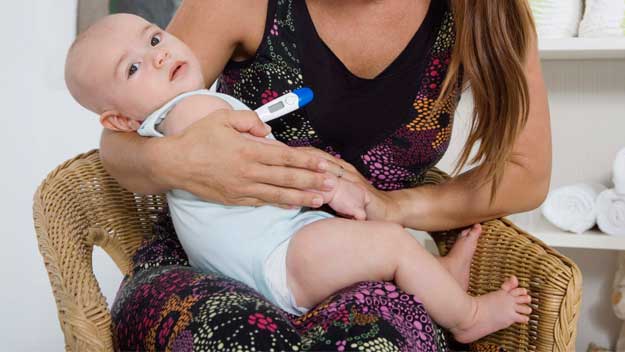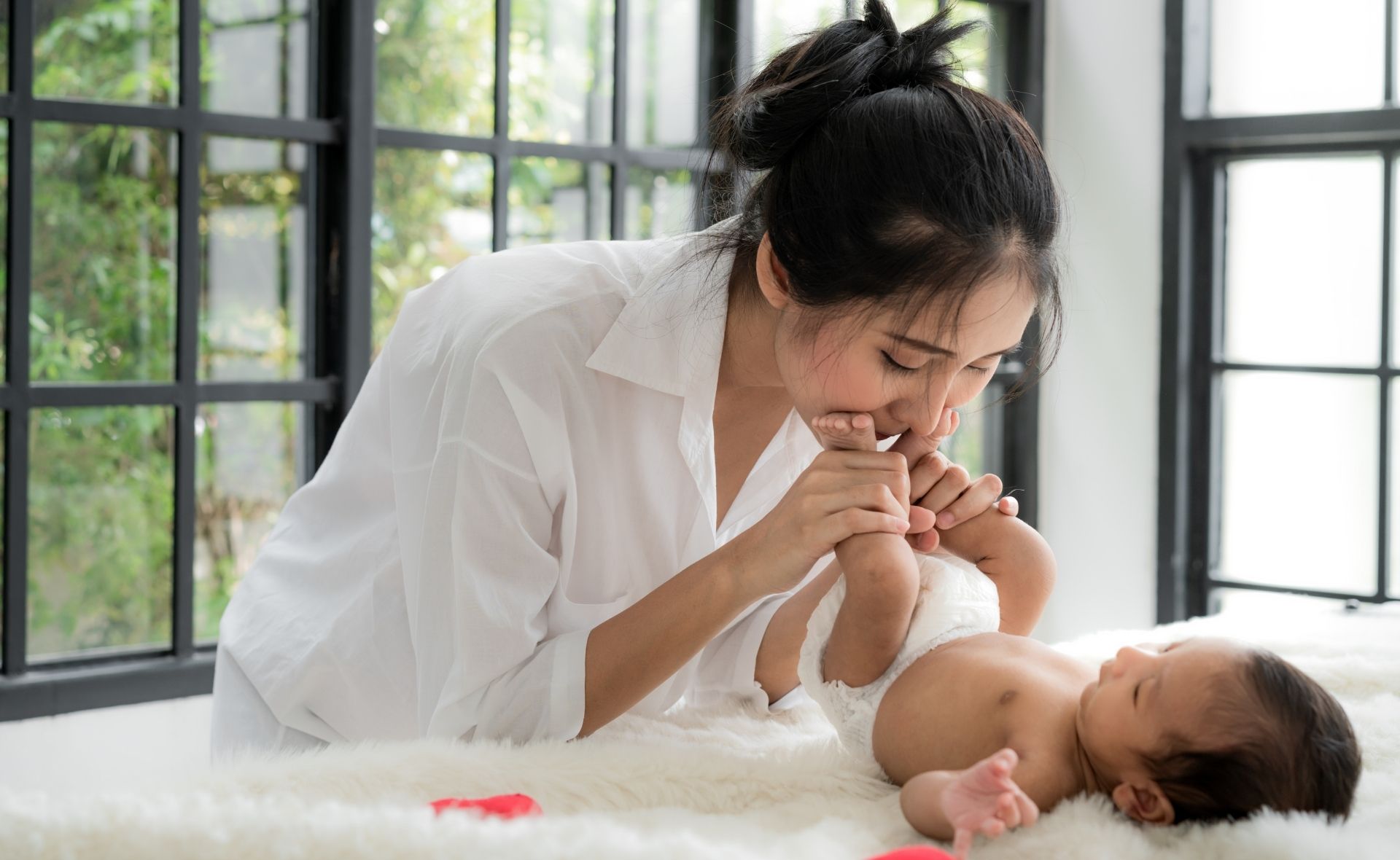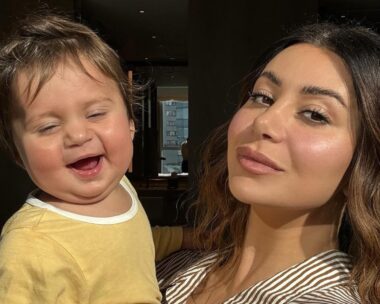A fever or temperature is not an illness but part of your body’s immune system. A raised temperature is a sign that the body is trying to fight off an infection.
Normal body temperature ranges between 36-37.5C. Anything above is considered to be a fever. When this occurs, it’s important to lower his temperature quickly because some children, usually between the ages of six months and five years, are prone to febrile convulsions or fits. These happen due a sudden rise in temperature which irritates the brain. It causes unconsciousness, the body becomes rigid and the limbs may jerk. Febrile convulsions can be very frightening, but they do not cause permanent damage. If one occurs, seek urgent medical advice and call for an ambulance.
What causes a fever?
Bacterial or viral infections are normally the cause. However, babies and young children have very sensitive body temperatures, so can quickly become over-heated by something as simple as a hot bath or running around.
How can I tell if my child has a fever?
A thermometer held under the armpit or an indicator strip, which changes colour in response to heat, will give you a rough indication of his temperature. But you don’t always need a thermometer to tell if your child has a temperature. Place the back of your hand on his chest or stomach. If he feels warm and dry, he is probably fine. If his skin feels sweaty, he is probably running temperature. Other signs of a fever include:
flushed cheeks
sweating
no interest in food
he may be more clingy than usual
How to treat it
Take off most of his clothes, remove any blankets or doonas from his bed and cover him lightly with a sheet.
Open a window to let in cool air.
A lukewarm, not cold, bath may help. However, if he starts to shiver, this will send his temperature back up. Try sponging him with tepid water, then let him dry naturally – the water will evaporate off his skin, which has a cooling effect.
Give him extra fluids to prevent him becoming dehydrated – ideally, water or diluted juice. If you are breastfeeding, feed him every hour or on demand.
Give him infant paracetamol if he is over three months old.
Emergency checklist
Consult your doctor if:
You can’t control the fever
If he is under six months old
If his temperature rises over 39C and remains high after 24 hours
If he develops a rash
He is floppy or lethargic
He is vomiting
He is pale
He won’t feed
He is crying inconsolably or very weakly
If he has had a febrile convulsion, wait until it is over, cool him down and call he doctor




.png)